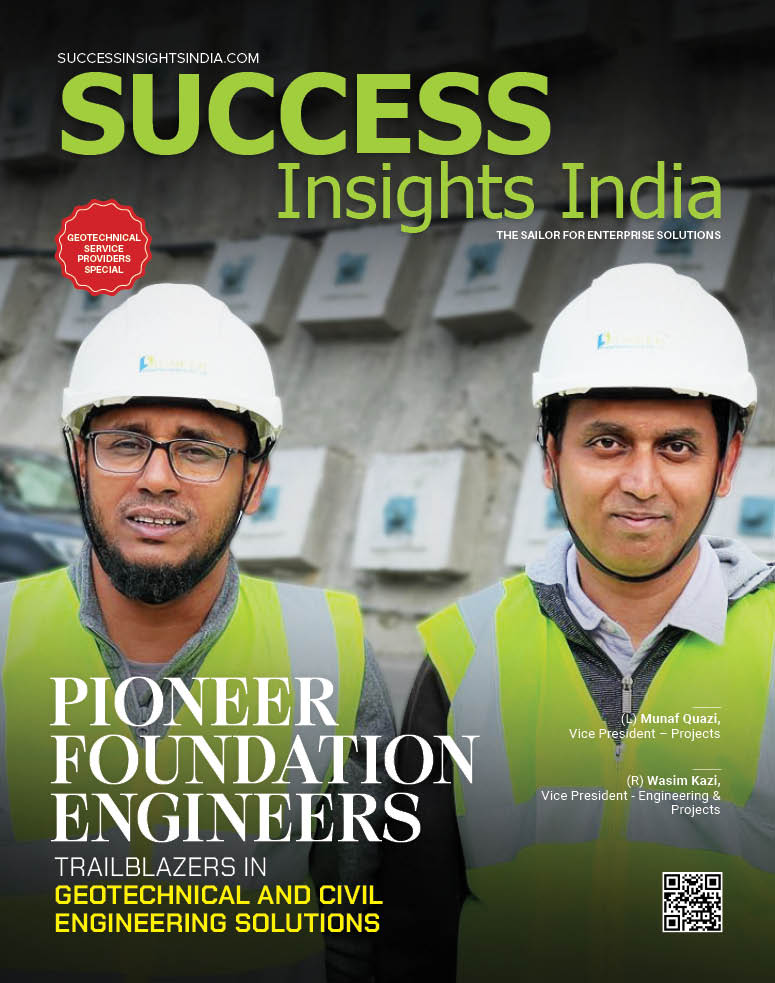
Mental health is integral to an individual’s emotional, psychological, and social well-being, especially in a clinical setting. For example, doctors’ appointments, health check-ups, or even visiting loved ones in a hospital can trigger stress and anxiety, which can increase the risk of mental health disorders. Several studies have also shown how patients in clinical settings have increased susceptibility to mental health disorders. Increased stress induced in the healthcare environment is one of the major causes of such conditions. Moreover, the World Health Organization’s data suggests that one in every five individuals in India suffers from a mental health disorder. Yet, as the world has become more culturally liberal and has let go of raised eyebrows associated with mental health, we have acquired awareness and acceptance of behavioural health disorders as normal and treatable.
These days, designing for mental health is not limited to facilities catering to patients with mental health disorders. Instead, healthcare planners have started to employ planning strategies and design elements that are particularly effective in responding to patients suffering from some degree of behavioural health disorder. Consequently, there is a rational shift in healthcare design where there’s an apparent emphasis on the way design strategies and elements work and interact with the users rather than their visual appearance. Furthermore, Healthcare architects and designers have now begun to acknowledge mental health as a crucial component of a patient’s overall health. Therefore, nowadays, the planning of hospitals is seamlessly driven by a ‘patient and care-giver’ centric approach that attempts to reduce stress and cater to mental ailments.
The answer to an enhanced patient experience can be found in neuroscience. It is imperative to comprehend and find solutions through a patient’s state of mind, which is generally susceptible to high degrees of stress. There can be various underlying causes due to which patients experience stress in healthcare facilities. Invasions of privacy, separation from family and things familiar, no control over noise, acute or chronic pain, feelings of helplessness, concern over medical bills, insurance coverage, and loss of control over events and the immediate environment are a few observed causes of strain.
These causes can drive the design approach of healthcare facilities to rectify the ill-effects of poor planning, which amplify stress. Evidence-based design can guide spatial configuration in ways that maximise natural light exposure for all patients and caregivers. Similarly, allied functions such as circulation cores can be positioned in areas that receive comparatively less daylight. One strategy proving to be successful in harnessing the potential of such healing spaces, owing to the studies validating this stress reduction strategy, is constructing positive distractions by enlarging views of nature and landscaped areas. Alternatively, it can be as simple as putting nature-themed or biophilic artwork in spaces used by patients and caregivers. This principle allows convenience and approachability for patients imbuing them with a core sense of comfort. Such spaces create a positive, stress-free and calming environment for patients, relatives and caregivers alike, thus setting up healing environments.
Generally, patients feel confined in the controlled environment of the hospitals. However, if provided with flexibility and choice, patients can be helped to gain a certain degree of control over what is taken away from them in such environments. According to studies, small design interventions such as flexibility to sit on high or lounge seating, public and private waiting areas, etc., have positively improved the patient experience. In addition, observations have shown how reduced stress is proven to trigger recovery rates. It also improves patients’ compliance with drug and medication regimens and minimises postoperative pain and its harmful effects on the immune system.
With several such studies and design principles in place to suggest positive impacts of enhanced patient experience, a patient-centric approach is the need of the hour to design hospitals that cater to the mental health of the inhabitants. Healthcare facilities are no more confined to just buildings to accommodate equipment to treat ailments and diseases. The new wave in healthcare today is to restructure itself, create healing environments for patients, and offer holistic well-being. A few basic changes in our approach to design and architecture concerning mental health can drive the healthcare industry towards a healthier hospital environment in terms of mental health.
Also Read - Solar Energy in India - Past, Present and Future















